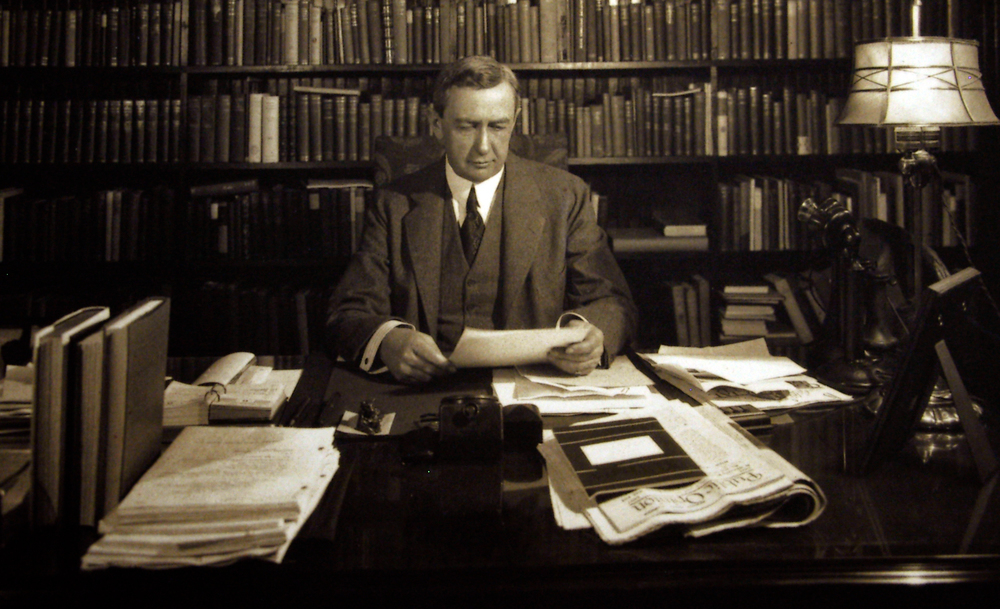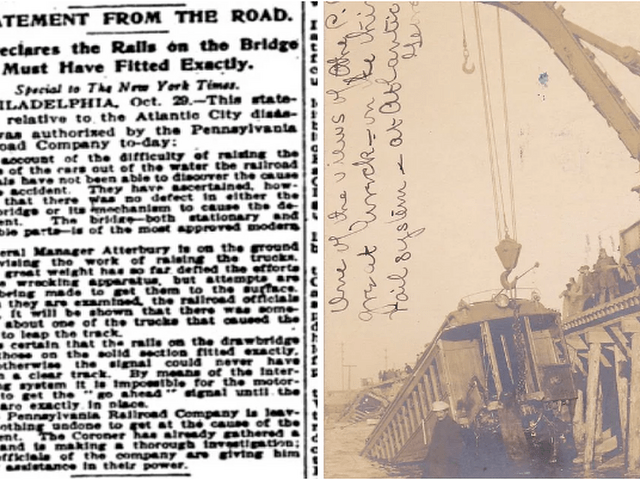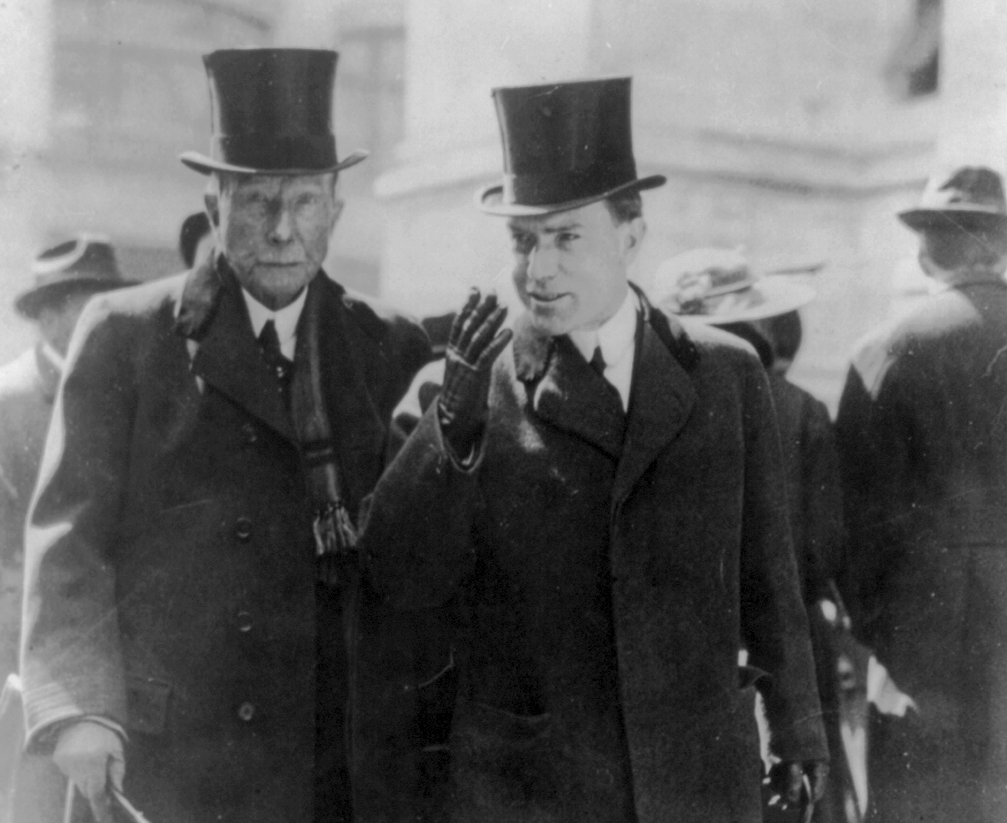

Ivy Lee, the greatest example of turning crisis into opportunity, has earned the nickname ‘Poison Ivy’ thanks to her work in the sector. Ivy Lee, who has brought us the public relations sector, which covers public relations work in all areas of our lives, the formation of brands, personal reputations, or public relations.
Lee started his career as a journalist in the 1900s when he became a fearful dream for state institutions, state-affiliated businesses and large corporations thanks to the widespread use of investigative journalism. It exposed the “dirty” work of institutions, the damage they caused to the public, and led to a loss of reputation in the eyes of the public.
Instead of correcting mistakes, organizations have again started to hire investigative journalists to restore order in order to get back their public support. This is where the need for “Public Relations” emerged, even though it is not known exactly what it is.
Seeing that things were going wrong, Ivy Lee made a successful move and founded Parker and Lee, one of the first US public relations firms, with the principle of “Truth, Authenticity and Interest”.

After the Pennsylvania Railroad train crash in 1906 that killed 53 people, Lee believed that companies needed to tell their full story honestly, openly and directly in order to gain public support and understanding. He advocated the idea that the way to be accepted and understood in business life is to inform the public. This statement, published in the New York Times, has been recognized as the first press release in history.
Rockefeller and the Ludlow Massacre

Lee’s real existence; He established himself in the market, serving the rich businessman of the time, John D. Rockefeller, and this is where he gained his main reputation. Rockefeller’s mines, which were largely owned by Rockefeller; In 1913, a 14-month uprising in Colorado due to the miners’ unfavorable working environment and the payments they did not receive, caused considerable damage.
The strike became the cause of a major uprising, involving military interventions. The strike turned into a bloody revolt. The tents where workers stayed with their families were attacked and set on fire. On April 20, 1914, this strike, in which 12 children were burned to death, went down in history as the “Ludlow Massacre”.
Rockefeller turned to Ivy Lee in response to a rapid decline and public outcry. Lee did what he had done before: he had a persuasive press release prepared and broadcast across America. Ignoring all her principles, Ivy Lee did not mention in her press release that the fire was caused by workers and provocateurs and that children and soldiers were killed. Thanks to the persuasiveness of the press release, the country was suddenly able to blame the workers and make conditions even worse for them.
Lee visited the workers after the events to make sure that Rockefeller was saved in the eyes of the public, and made sure that the press was able to get a picture of them looking concerned. Ivy Lee, who later spearheaded the creation of the ‘Rockefeller Foundation’, thought that distributing Rockefeller’s wealth to the poor would be effective in creating a good image.

Ivy Lee added ‘image’ to her work and Rockefeller took the first steps in this direction, realizing the importance of the impression she gave to the outside world among famous politicians and businessmen. After these events, Ivy Lee became the “Poison Ivy” of the industry. Ivy Lee’s “success” revealed the methods used by companies today in dealing with the media and the press.
You may also be interested in these contents:
This post is also available in: Türkçe Français Español Deutsch






Yorumlar (0) Add Comment